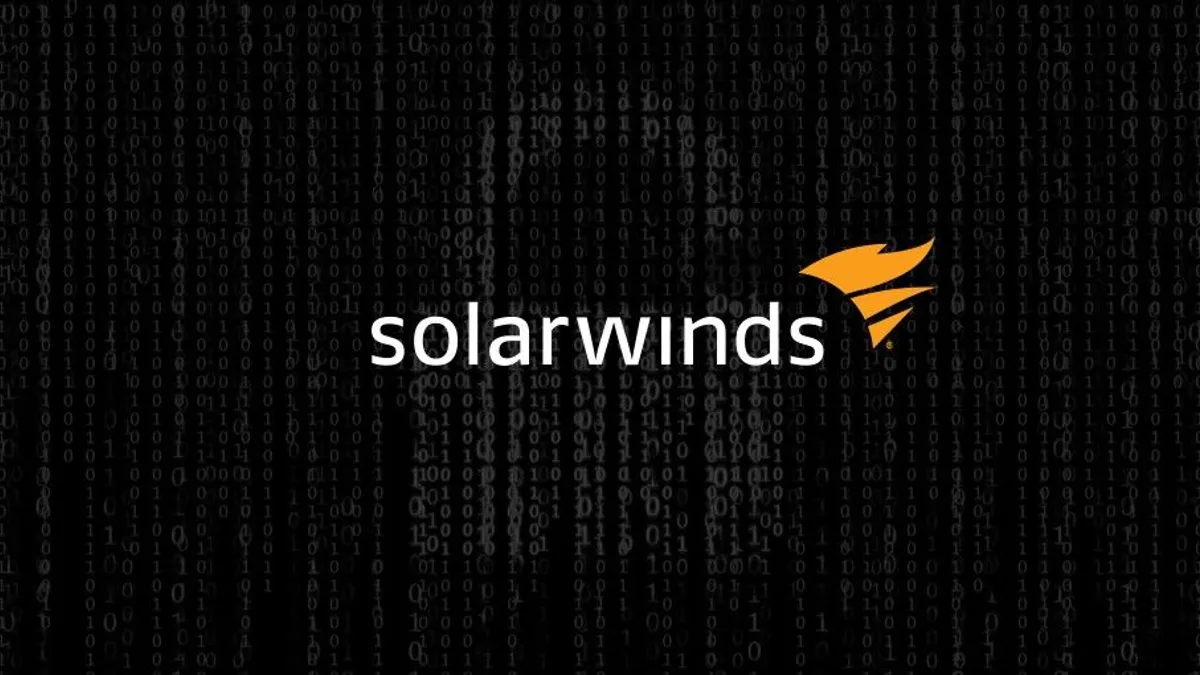Dive Brief:
- SolarWinds accelerated its turn to a cloud-based “as a Service” model through a new partnership with IT consulting firm Infosys, the companies announced last week.
- The transition to SaaS began in October, when the enterprise software provider introduced a cloud-native visibility solution for hybrid multicloud ecosystems.
- The decision was unrelated to the 2020 cyber incident that made SolarWinds synonymous with supply chain attacks, when the Nobelium threat actor compromised the company. “Our shift to a SaaS model is unrelated to the highly sophisticated and unforeseeable Sunburst incident, which targeted SolarWinds and other technology companies,” SolarWinds President and CEO Sudhakar Ramakrishna said in an email.
Dive Insight:
The partnership gives SolarWinds access to Infosys industry cloud solution blueprints and over 35,000 additional assets that will facilitate the new business model.
“We now have a framework to quickly transition our other monitoring and observability solutions across network, infrastructure, systems, database, applications and ITSM to this new model,” Ramakrishna said in the announcement.
As more companies pursue digital transformation, enterprise software is moving to cloud as well, meeting customers where they are. Cloud-based enterprises want to find their software there, too.
In February, SolarWinds’ made its SaaS observability solution available via AWS Marketplace. The feature landed in Microsoft’s Azure Marketplace in March. SolarWinds is not deployed in Google Cloud’s marketplace, a company spokesperson said.
The migration is driving growth in broader cloud market. Worldwide end-user spending on SaaS will balloon to nearly $200 billion this year, accounting for roughly one-third of the total for all cloud services, according to analyst firm Gartner.
“Last year was a transformational year for SolarWinds, as we evolved from a monitoring vendor to a comprehensive observability solutions provider with the introduction of our hybrid cloud observability and SolarWinds observability SaaS solutions,” Ramakrishna said during an April Q1 2023 earnings call, for the three-month period ending March 31.
There is no definite timeline for the SaaS journey, which is an “ongoing process,” Ramakrishna told CIO Dive.













